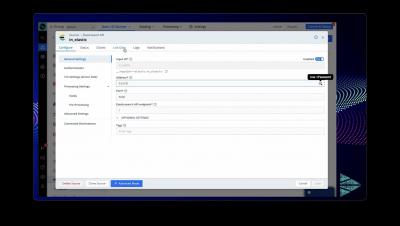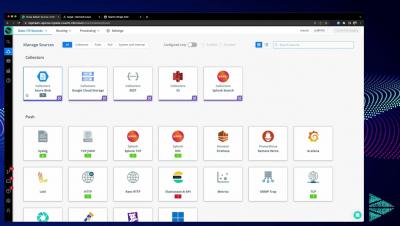Operations | Monitoring | ITSM | DevOps | Cloud
September 2022
What is an Observability Engineer?
What is an observability engineer? Is it your SIEM admin? How about your application performance monitoring admin? Neither? Both? Observability engineering is more than administering a tool. There is more to it than data onboarding, writing parsers, and getting data in. As an observability tool admin, you work with data producers and consumers to get data in a human-readable and searchable format from the source to the analytics system.
Demystifying Observability and Making it Work for You
This article is the final installment in a series that demystifies observability. The first three focused on the history of observability, dispelling myths around observability, and what observability is and what it can offer. In this last article of the series (Check out part 1), I want to offer a complete definition of observability.
What's the Sharpest Tool in Your Security Shed?
How easy is it to work with your security tools? So easy that you’re telling all your family and friends and you singing their praises from the occasional rooftop? Well, we sure hope so. Security tools, like any other tool, should help you save time, not waste it. Nobody would have invented a drill if screwdrivers were fast enough — but it’s also up to you to make sure you are using your drill and all the other power tools available in the modern world.
Setting Up and Tuning Amazon S3 as a Cribl Stream Destination
Everybody is starting to look more at object storage to deliver on data lake initiatives, and S3, specifically Amazon S3, is the gold standard for that. In addition, we’ve heard from many of you that setting up S3 as a destination is a must when starting with Cribl Stream. So in this article we’ll walk you through the setup.
How To: Connecting Azure Blob to Cribl Stream to Replay Observability Data
One of the core features of Cribl Stream is our Replay capability. We pride ourselves on giving customers choice and control over their data. The ability to archive data in cheap object storage, and then providing the ability to reach into the same object storage is one example of this. It’s safe to say that S3 and AWS have become synonymous with the term object storage. It’s like a modern day Kleenex, or Band-Aid.
Masking and Truncating Fields in Cribl Stream
In Cribl Stream and Cribl Edge, you can operate on your observability event data in flight, all the way down to the field level. Instead of writing complex regex to wrangle JSON and other structured formats, use Cribl’s built-in functions and extensibility to get the results you want. You’ll see formerly complex situations become easier to address and manage over the long term. In this blog, we’ll cover two troublesome use cases.
How Cribl Stream Helps Enterprises Handle UDP Syslog Challenges
Syslog is a very common method for transmitting data from network devices and open systems servers data to analytics platforms like Elastic and Splunk. As adaptable as syslog is, it still has significant constraints, which is a pain for most companies that lack the resources to scale their capability needed for syslog.
Scaling Syslog: The Challenge That Never Goes Away
At this point, you already know how powerful syslog is (and if you don’t, check out “Introduction to Syslog”). But here’s the thing: Scaling your systems to consume high volume syslog is like fighting zombies. Weird unexpected behavior and no easy solutions. Before you fight zombies, though, you have to understand them. So, here are the challenges for scaling syslog one by one.
An Introduction to Syslog
Syslog is an event logging standard that lets almost any device or application send data about status, events, diagnostics, and more. It’s commonly used by network and storage devices to ship observability data to analytics platforms and SIEMs in order to support and secure the enterprise. Syslog is an excellent lightweight protocol to get telemetry from small scale devices.
How to Onboard Windows Event data into Cribl Stream using Winlogbeats
Stop Overloading Your Indexers - Use Lookups Instead!
To keep Splunk running like a well-oiled machine, admins need to ensure that good data onboarding hygiene is practiced. Traditionally, this meant ensuring that your props.conf was configured with the “Magic 8” and that the REGEX in your transforms.conf was both precise and efficient.
Replay Data from Azure Blob with Cribl Stream
Three New Standards Compound Security Engineering Challenges
A recent ESG/ISSA survey highlighted that security professionals are overwhelmed with competing proprietary data standards and integration challenges. Today’s security landscape often comprises dozens of tools, each with its own unique format. Even if the format is defined and widely adopted, like Syslog, implementations vary widely from tool to tool, or even from release to release for the same tool. How big of a problem are these differing data formats?
Get the Most Value from Your Observability Investment by Building for the Future
Technically speaking, observability offers visibility into the data being generated by your infrastructure devices, systems, and applications — but in reality, it offers the opportunity to see what’s happening, There’s no guarantee that you’ll get what you want; you have to set things up in a way that makes it possible for you to get the insights you need.





